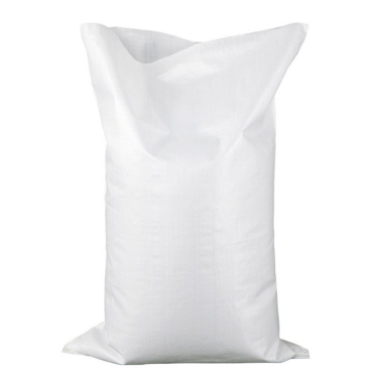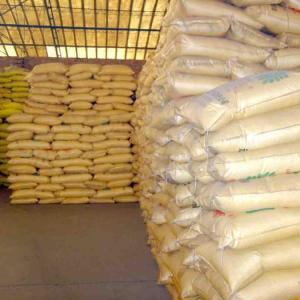Polypropylene
Product performance:
Polypropylene is usually a translucent solid, odorless, tasteless and non-toxic. It is the lightest kind of general plastics. Due to the regular structure, the melting point is as high as 167 ℃, heat resistant, and the continuous service temperature can reach 110 ~ 120 ℃. Under the action of external force, it will not deform at 150 ℃; Corrosion resistance and good electrical insulation. The transparency, rigidity and strength are better than those of polyethylene. However, the aging resistance and low-temperature impact resistance are poor.
Product use:
Polypropylene is a kind of thermoplastic synthetic resin with excellent performance. It is a colorless and translucent thermoplastic lightweight general-purpose plastic. With chemical resistance, heat resistance, electrical insulation, high-strength mechanical properties and good high wear-resistant processing properties, polypropylene has been rapidly developed and applied in many fields, such as machinery, automobile, electronics and appliances, construction, textile, packaging, agriculture, forestry and fishery, food industry and so on. In recent years, with the rapid development of China's packaging, electronics, automobile and other industries, it has greatly promoted the development of China's industry. Moreover, because of its plasticity, polypropylene materials are gradually replacing wooden products, and high strength, toughness and high wear resistance have gradually replaced the mechanical function of metals. In addition, polypropylene has good grafting and composite functions, and has great application space in concrete, textile, packaging, agriculture, forestry and fishery.
Propylene or propene polymers. Thermoplastics that can be extruded into fibers, films or solid forms. They are used as a copolymer in plastics, especially polyethylene. The fibers are used for fabrics, filters and surgical sutures.
IUPAC
12-[(2S,3R)-3-octyloxiran-2-yl]dodecanoic acid
SMILES
CCCCCCCCC1C(O1)CCCCCCCCCCCC(=O)O
















